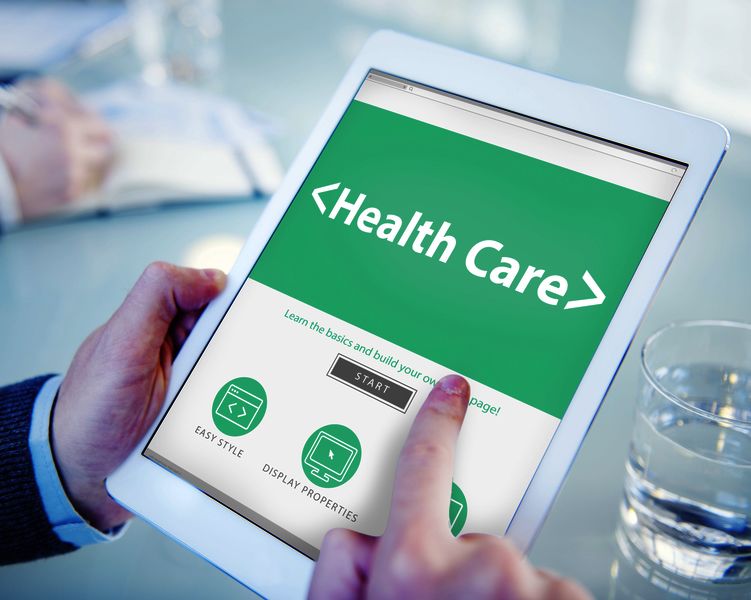Healthcare Interoperability has been chugging along since the late 90s but has not progressed quickly enough by many proponents’ standards. That is until now, with the rise of healthcare consumerism interoperability is being pushed forward at its’ highest speed in years.
According to the Institute for Healthcare Consumerism (IHC), health consumerism is defined as:
“A movement which advocates patients’ involvement in their own health care decisions. It is a movement from the “doctor says/patient does” model to a partnership model. Health consumerism tries to encourage health information empowerment and the transfer of knowledge so that patients can be informed and therefore more involved in the decision-making process.
There are numerous examples during the past year of how consumerism is driving healthcare interoperability, which can be defined as “the extent to which systems and devices can exchange data, and interpret that shared data. For two systems to be interoperable, they must be able to exchange data and subsequently present that data such that it can be understood by a user.” I examine two of the largest players in this post, Epic Systems and Apple—who are leading the pack in their respective industries.
Epic has responded to consumerism demands by providing better access to patient’s health information, through computers and mobile devices. One of those tools is called MyChart, an integrated Personal Health Record (PHR) available to customers through a browser or mobile app. MyChart gives patients controlled access to the exact same Epic medical records their own doctors use when seeing the patient. The self-serve online functions can prompt patients to improve their own health, reduce the cost of customer service and provide a vital communication link to support accountable care. Among the many features, patients can view test results, schedule appointments, refill Rxs, pay bills online and message securely with providers.
Meanwhile, Apple has entered the Health Information Technology (HIT) marketplace, by launching the iOS 8 app called, “Health”. In addition, they created a cloud API called “HealthKit”, for integrating data from multiple apps and monitoring devices. The Health app is being touted as a patient engagement tool with the capability to pull in multiple data feeds from health monitors and then send information back to an EHR (electronic health record) system. According to InformationWeek.com, both the Health app and HealthKit API received instant credibility, when the market-leading hospital software company Epic Systems and the prestigious Mayo Clinic jumped on-board.
In addition, Apple has launched their latest device Apple Watch. The watch boasts many features, but the functionality that is most relevant to HIT, is Apple’s Activity app. The Activity app tracks day to day movement (standing, walking/jogging and other exercise) and encourages good habits by reminding you to get up and be more active. The Workout app is for more serious exercisers and calculates your calories burned for your workout, along with distance, time and pace for your cardio training (both indoor equipment and walking/running/cycling outside). While these real-time data points aren’t new to consumers, Apple with be able to aggregate the data from these apps and provide a complete picture of your fitness, chart progress, broken down into each type of activity.
Apple is not alone in the expanding health and fitness app market, according to a June 2014 article by Flurry, a total of 6,800 apps were listed in the same category. Their study showed daily usage increases of 62% in those apps from Dec 2013 through Jun 2014. In addition, the health and fitness app usage is growing 87% faster than the rest of the mobile app industry.
With patients now grown accustomed to the world of mobile apps and inter-connectedness to companies from which they purchase products and services, the Health sector is now in the cross hairs of consumers to perform like the rest of the retail world. These healthcare consumerism trends have greatly accelerated interoperability.
No wonder industry is also paying great attention — healthcare is the most cost effective — at the patient’s own home. The entire Health community of providers, payers, researchers and manufacturers will continue to innovate in HIT to improve service levels to patients, with cost savings always being a driver. I’m hopeful the intersection of these trends leaves patients feeling more informed, empowered and leading healthier lives.
This post was authored by Chris Jacobson, Senior Manager, CompassX Consulting.

